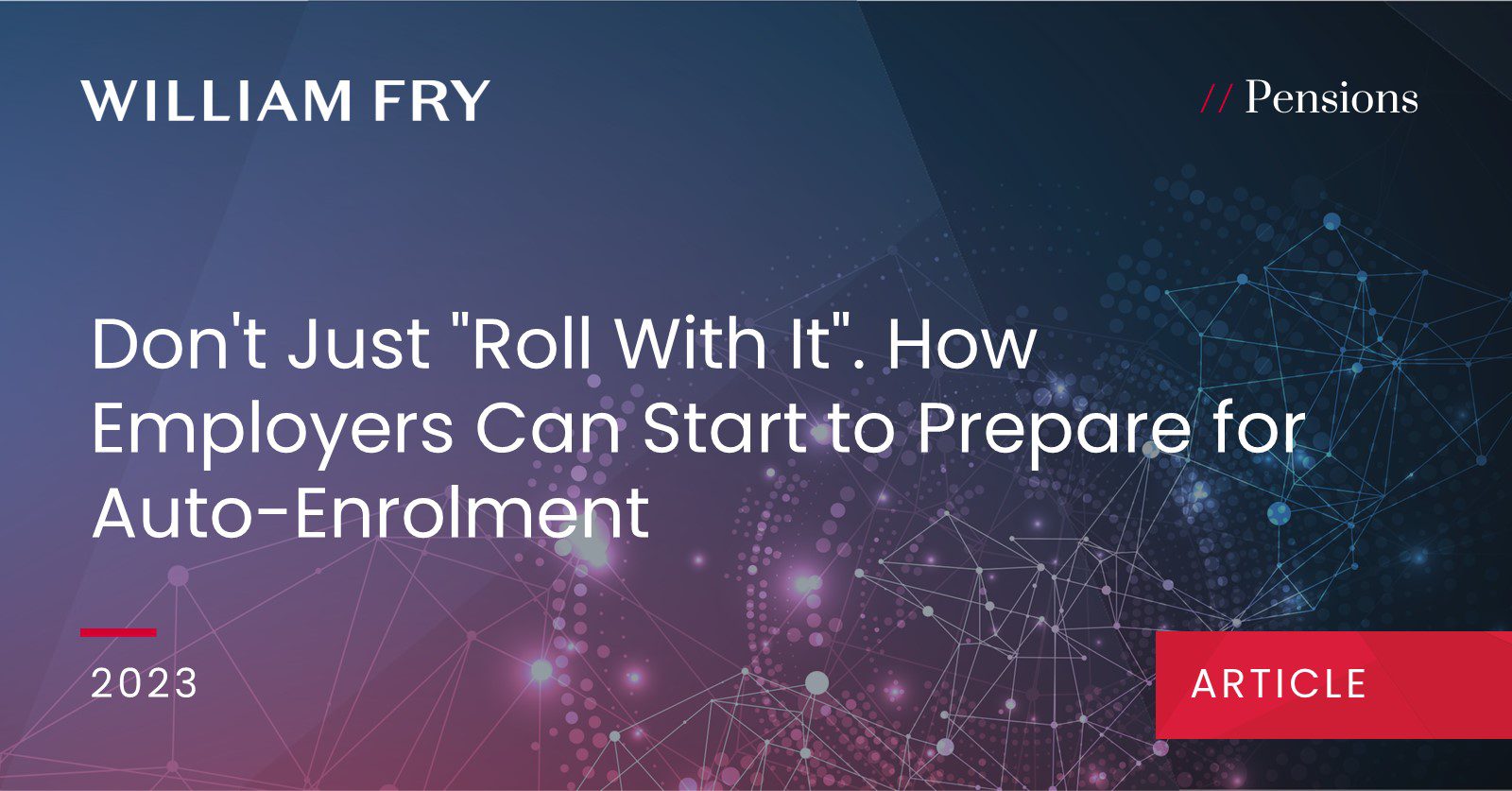As detailed in our auto-enrolment (AE) briefings, in February 2023 and November 2022, the Irish government is pushing ahead with its proposed implementation of AE, albeit with a delayed start date of Q2 2024, rather than Q1 2024 as first indicated.
The Minister for Social Protection, Heather Humphreys (Minister), speaking in the Dáil in July, displayed a resolve not to be set off course by the outcome of the pre-legislative scrutiny process. The pre-legislative scrutiny report of the General Scheme of the Automatic Enrolment Retirement Savings System Bill contained 21 recommendations (including a proposal to have a two-year lead-in period to AE for employers). The Minister has confirmed that a Bill is expected to be published in Autumn 2023 with a target launch date of the AE scheme of Q2 2024. The Bill is included as priority legislation in the government’s Autumn 2023 legislation programme.
As the government shows no intention of taking a transitional or phased approach to the introduction date of AE, employers need to start planning for its introduction. Some key questions employers should consider as part of such planning are set out below.
Impact on existing pension arrangements
Employers who currently offer a contributory pension scheme or PRSA (Workplace Pension), may need to adjust those arrangements if they will be used to meet AE requirements. For instance, AE will require eligible employees to be auto-enrolled as soon as practicable upon joining employment. As a result, an existing Workplace Pension that operates on a voluntary basis, or which imposes a waiting period before employees become eligible to join, may need amendments to ensure eligible employees are auto-enrolled on starting employment.
Also, non-contributory Workplace Pension arrangements are likely to require amendments, as both employers and employees will be required to make matching contributions to the Workplace Pension to meet AE requirements. The table below demonstrates what employee contributions will be, which will be matched by their employers and topped up by the State.
| Year | Percentage of Gross Pay |
|---|---|
| Year 1-3 | 1.5% |
| Year 4-6 | 3% |
| Year 7-9 | 4.5% |
| Year 10+ | 6% |
Dual scheme approach
Employers will need to decide between adopting a one-scheme approach, i.e., to tailor an existing Workplace Pension to meet AE standards, or operating a dual approach where the existing Workplace Pension continues “as is” and employees who are not eligible are enrolled in the AE system.
This is a significant decision facing most Irish employers who operate a Workplace Pension arrangement. Employers will need to analyse what proportion of their workforce is within the scope of the AE system. This is expected to cover employees aged between age 23 and age 60, earning €20,000 or more (across all their employments), who are not already a member of a contributory Workplace Pension which meets AE requirements.
Once that figure is known, a cost-benefit analysis needs to be carried out. This centres on assessing the costs and benefits associated with enrolling those “in-scope” AE employees into the existing Workplace Pension and making any necessary changes to that arrangement to meet AE requirements. Those costs and benefits must then be compared against the equivalent costs and benefits associated with operating a dual-scheme approach where those “in-scope” AE employees are enrolled into the AE system.
There are potential downsides to the latter approach. It is likely to be more complex to operate at an administrative level for various reasons. It also has the potential to create employee relations issues if there is a group of employees within the AE system receiving less generous benefits compared to those within the Workplace Pension arrangement.
Conclusion
It looks increasingly likely that the government will launch the AE system in the second half of 2024. Employers should start to consider what AE will mean for their business and plan and budget accordingly. There are complex legal, payroll and financial aspects to that planning exercise. Therefore, the sooner that work starts the better prepared employers will be for AE once it arrives.
For more information on how you should plan for AE’s introduction, please contact Ian Devlin, Ciara McLoughlin, Jane Barrett or your usual William Fry contact.
Contributed by Jane Barrett



